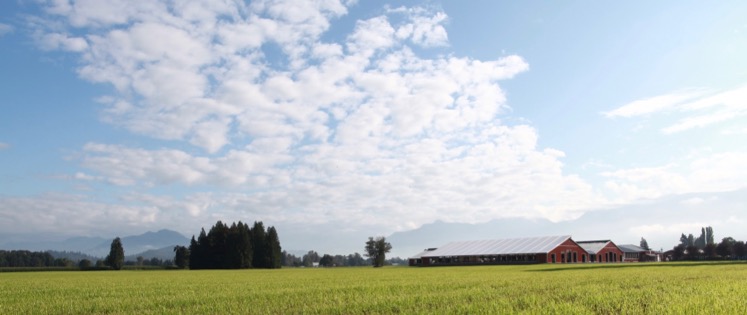Milk is pasteurized through the simple process of gently heating milk for a short period of time.
Pasteurization is important for food safety (1) and is one of the most beneficial measures to protect the health of consumers. Milk is pasteurized through the simple process of gently heating milk to 72° C for 16 seconds to destroy possible pathogens (disease-causing organisms). It is then rapidly cooled and refrigerated. This is similar to the process carried out to ensure safety of many foods and beverages such as honey, apple cider and apple juice. Pasteurization does not alter the nutritional value of milk.
If you live in a rural area and have unpasteurized milk at home, the BC Ministry of Health Services recommends pasteurizing it by heating it to 63°C (145°F) or hotter and keeping it at this temperature for at least 30 minutes. Please see HealthLink BC, file #03 for a full description of how to pasteurize safely: http://www.healthlinkbc.ca/healthfiles/hfile03.stm
Check out: Does Pasteurization Destroy Nutrients in Milk?
(1) Leedom JM. Milk of nonhuman origin and infectious diseases in humans, Clin Infect Dis, 2006. 43(5): p. 610–5.



